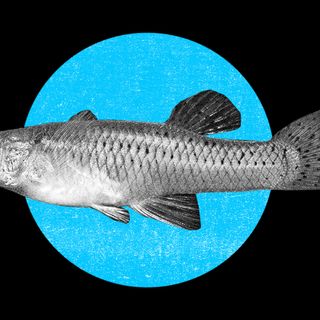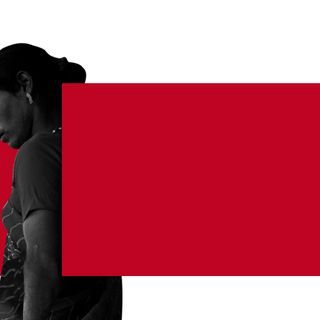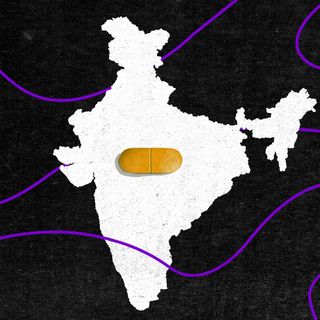Emoji, which attained global popularity in the 2010s, quickly becoming an integral part of digital communication, may serve as a valuable tool for doctor-patient communication as well, according to experts.
“It’s tempting to dismiss emoji as a millennial fad, but they possess the power of standardization, universality, and familiarity, and in the hands of physicians and other health care providers could represent a new and highly effective way to communicate pictorially with patients,” Dr. Shuhan He, a physician in the emergency department at Massachusetts General Hospital, said in a statement.
Published in the Journal of the American Medical Association, the commentary argues that the incorporation of emoji in everyday medical practice can allow patients to better communicate their symptoms and other clinically relevant information to their doctors, and, perhaps, even express their concerns more easily.
“Emoji could be particularly important in treating children with still-developing language skills, people with disabilities that impair their ability to communicate, and the many patients who speak a different language,” He noted.
The term “emoji” is derived from Japanese, where “e” means a “picture,” and “moji,” a “character.” Being a pictographic representation, they can often communicate what words can’t — perhaps, the reason why they’re so popular.
Related on The Swaddle:
There Will Be No New Emojis This Year, Thanks to the Covid19 Pandemic
Moreover, as an article states “maybe not everyone knows how to use a computer – but thanks to mobile phones, everyone has access to online and fast communication, cutting across all age, class, geography, and ethnicity.” And the universality of emojis across these domains has led them to be described as “the world’s first truly universal form of communication.”
“Because they transcend language, emojis are also able to be more generic and accessible to anyone who can “see”, even if they can’t read or write. They thrive on verisimilitude,” Harmony Siganporia, an assistant professor of culture and communication at the Mudra Insitute of Communications in Ahmedabad, told News18 in 2018.
However, it’s possible that different emojis may have different cultural connotations in different parts of the world, and that’s exactly why the proposal to incorporate them in medical communication may need more refining.
In order to do that, Dr. He believes the medical community should get started on “building consensus around the medical accuracy” of different emoji that could be useful in doctor-patient communication so that their “adaptation and implementation process” can be kickstarted.
“The need to listen to patients is at the core of our mission as physicians, and the use of emoji is a great opportunity to take communication to another level,” Dr. He concludes.




